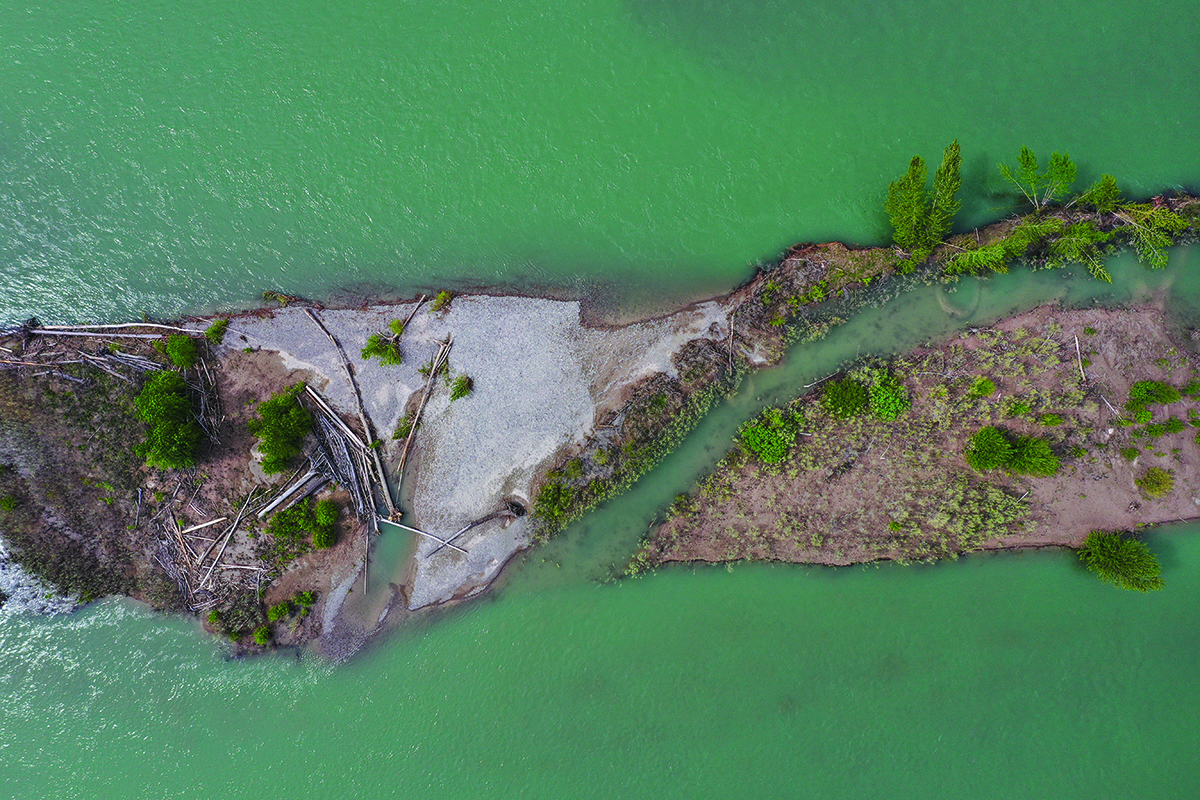Average Streamflows Expected in Northwest Montana
Flathead River snowpack percentage is near normal while Southwest Montana river basins are below normal
By Maggie Dresser
Streamflows in Montana will likely be average to below average after a dry March and April, including the Flathead River, which had a 92% of normal snowpack and a 96% of normal water year, according to the May 1 Water Supply Outlook conducted by the U.S. Department of Agriculture’s Natural Resources Conservation Service (NRCS).
Spring runoff volume forecasts have decreased since last month following a dry April in much of the state, and NRCS water supply specialist Lucas Zukiewicz said many rivers and streams are predicted to yield a slightly below average runoff.
River volumes in Northwest Montana are faring better than most of the state, and Zukiewicz said spring and summer streamflows will likely be slightly above normal on the Middle Fork Flathead River and near average on the North Fork.
As of May 12, the Middle Fork was slightly above normal at 105%, the South Fork of the Flathead was at 93%, the lower Flathead River was 91% and the Swan River was 91%.
“With the basins further south, those have runoff forecasts that are slightly below average,” Zukiewicz said. “We didn’t have much March or April precipitation. We never really topped off the tank this year … And that’s led to forecasts slightly below average.”
Northwest Montana’s river basins experienced a wet October followed by dry months until February, when Zukiewicz says an “abundance” of snow fell, which balanced out the dry months in early winter and early spring.
Throughout Montana, 19 low-elevation SNOTEL sites had completely melted out by May 1, which is slightly more than normal for this time of year.
Southwest Montana has been persistently dry since last summer, with the Jefferson and Madison Rivers at 79% of normal with an 83% normal water year.
“The streamflows in the Beaverhead and the Jefferson River Basin are well below average,” Zukiewicz said. “If we don’t have May or June (precipitation) back on track and above normal, there’s going to be some downstream impacts and decreased streamflows.”
“If we’re going to rank areas across the state anticipated to see the most approximation of normal, it’s the northwestern part of the state and the Rocky Mountain Front,” Zukiewicz added.